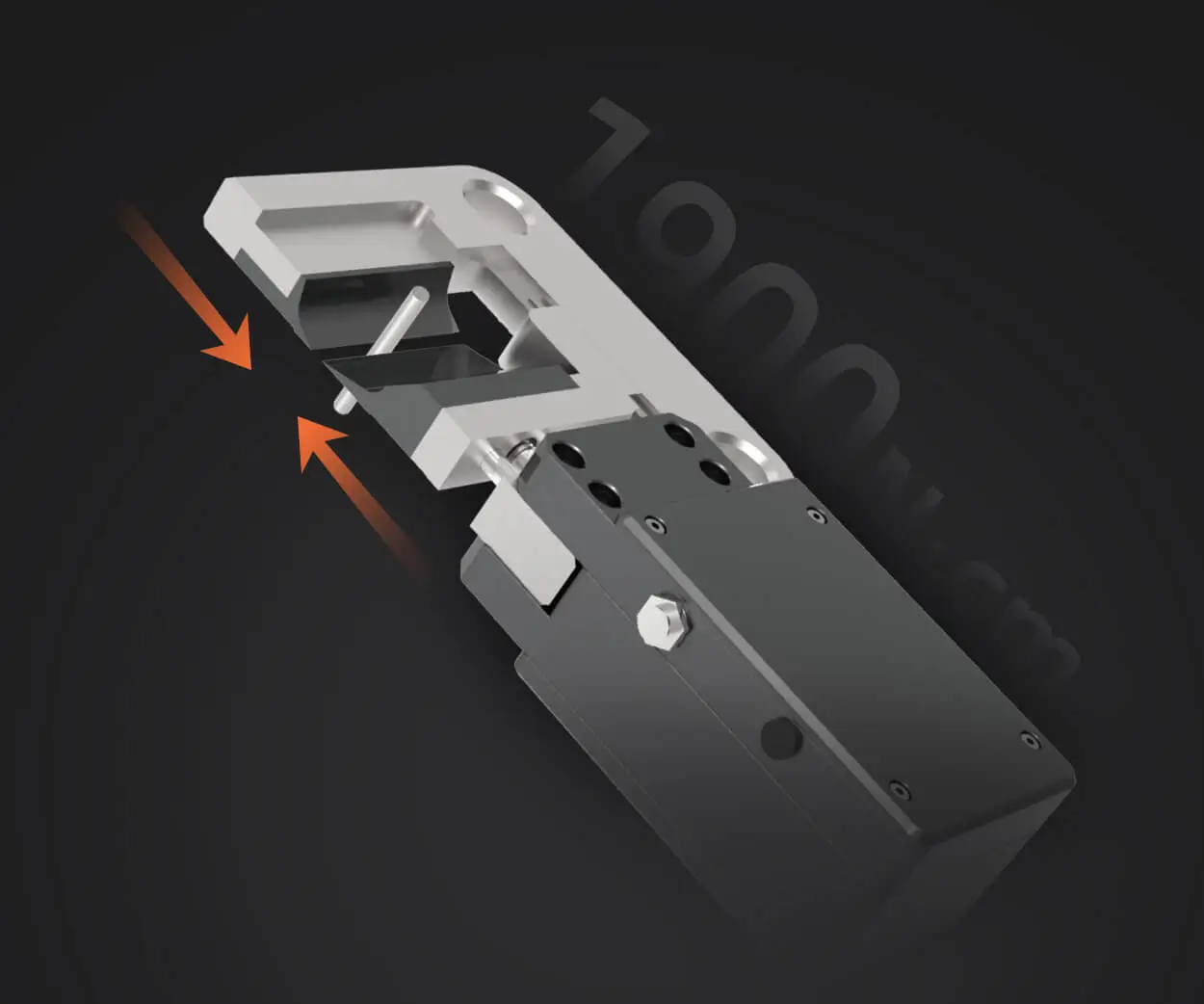Ever wonder how some of the coolest apps handle massive traffic without breaking a sweat? That’s where microservices come into play—think of them as tiny, independent engines powering your favorite digital experiences. Instead of a monolithic structure where everything’s tied into one big chunk, microservices break things down into bite-sized pieces. Each piece does its own thing, updates independently, and communicates through well-defined channels. It’s like replacing a giant, unwieldy machine with a network of sleek, specialized gadgets.

Why is this such a game-changer? Well, imagine an online shopping platform. Maybe one microservice handles user accounts, another processes payments, and yet another manages inventory. If one part needs an upgrade or hits a snag, the rest of the system keeps running smoothly. No breakdowns that ripple through everything, disrupting your shopping spree. That resilience is priceless.
Questions might pop up—like, does this make things overly complicated? Honestly, it might sound tricky at first, but it’s all about smart architecture. Smaller, manageable chunks mean less complexity in each part. Plus, teams can work on different microservices simultaneously, speeding up development. If one microservice needs a fix, you just tweak that part, not the entire system. That’s a massive boost for agility.
But wait—how do they talk to each other? Through APIs—application programming interfaces. Think of APIs as the language these microservices use to share data. If one microservice needs to fetch user details from another, it just calls the relevant API. It’s a bit like ordering a coffee—"Hey, can I get a latte?"—but with data instead of drinks.
That adds up to better scalability, too. As demand grows, you can spin up more microservices or boost existing ones without a complete overhaul. Want to handle more users at your peak hours? No problem—just add more microservice instances. No need to tear down and rebuild the whole system.
For anyone curious — is this the future of scalable, flexible software? Looks like it. Microservices not only let you keep things running smoothly under load but also adapt quickly to change. Ever tried to fit a square peg through a round hole? That’s what traditional monolithic systems sometimes feel like. Microservices? They’re the perfect-fit puzzle pieces.
In a world where digital needs evolve faster than ever, having a system that’s adaptable, resilient, and streamlined isn’t just nice to have. It’s necessary. Microservices have become the backbone for companies aiming to innovate faster, respond quicker, and keep customers happier. They’re not just a buzzword—they’re a smarter way to build, run, and scale complex software. So next time you log into a sleek, reliable app, there’s a good chance microservices are behind the scenes, doing their magic.
Established in 2005, Kpower has been dedicated to a professional compact motion unit manufacturer, headquartered in Dongguan, Guangdong Province, China. Leveraging innovations in modular drive technology, Kpower integrates high-performance motors, precision reducers, and multi-protocol control systems to provide efficient and customized smart drive system solutions. Kpower has delivered professional drive system solutions to over 500 enterprise clients globally with products covering various fields such as Smart Home Systems, Automatic Electronics, Robotics, Precision Agriculture, Drones, and Industrial Automation.




































